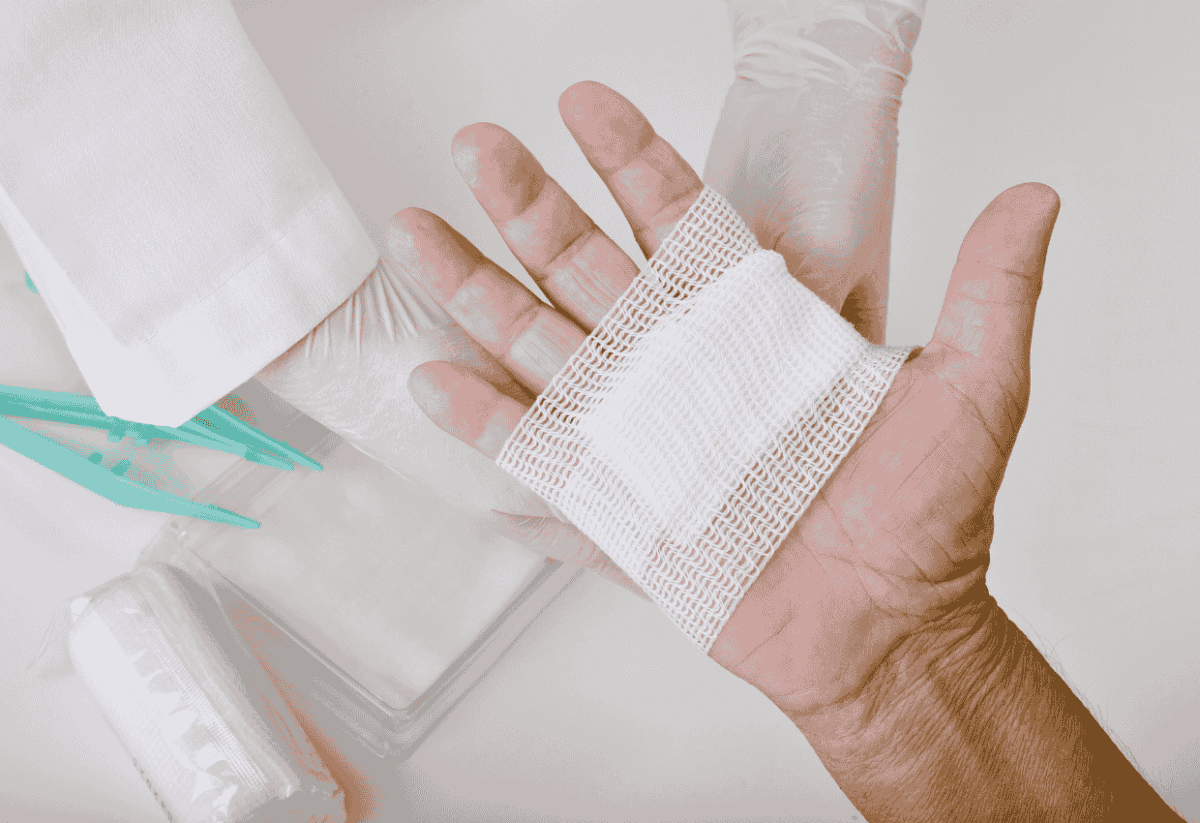Wounds can develop for a multitude of reasons including but not limited to trauma, pressure, vascular insufficiency, post-surgical, burns, and neuropathy. Early wound care helps prevent serious infection often in patients with underlying health conditions delaying the healing process. Wound care includes diagnosis of wound type, assessing factors that affect that patients’ wound healing, and determining proper treatment. Some of the many factors that can affect wound healing include malnutrition, arterial disease, poor tissue oxygenation, tobacco use, diabetes, and obesity. In addition to tailoring the correct treatment plan using a host of wound care products and biologics to quickly heal wounds; frequent and adequate debridement is a vital component to the healing. Prevention and monitor are also important in preventing at risk patients from developing ulcerations. Seeking frequent and early position intervention for wound care is vital for healing and optimal outcomes.
Learn more about
Orthopedic care team at FOI
Operative and non-operative physicians


Wound treatments
Our wound care specialists provide results-focused, personalized wound treatment options.
The treatment plan for wounds can sometimes require complex surgical reconstruction. A coordinated approach with Podiatrists and Plastic surgeons is utilized at our wound care centers. When adequate debridement and biologics are insufficient in certain special cases, there may be a place for skin grafting and soft tissue coverage procedures. Dedication to the patients’ overall health is vitally important to the success of these procedures including nutritional supplements, peripheral vascular optimization and systemic control of comorbidities.
Skin grafting is utilized in wound beds that have a good healthy base, and the innate ability to support the graft. This may require time to prepare a wound bed with repeated debridement and dressing changes. The preparation of the wound is truly the most vital factor in success of a skin graft. Skin grafting has been utilized in wound care for over a century and is a tried and tested form of treatment.
More complex forms of soft tissue reconstruction bring their own nutrient/blood supply. These include local and free tissue transfers or “flaps”. In the right situation, a flap procedure can bring tissue from another part of the body and replace missing tissue in wounds that have exposure of bone or tendon. Providing a replacement of bone/muscle itself may also be required. With progress in the field of flap surgery over the last several decades, we can provide this replacement.

